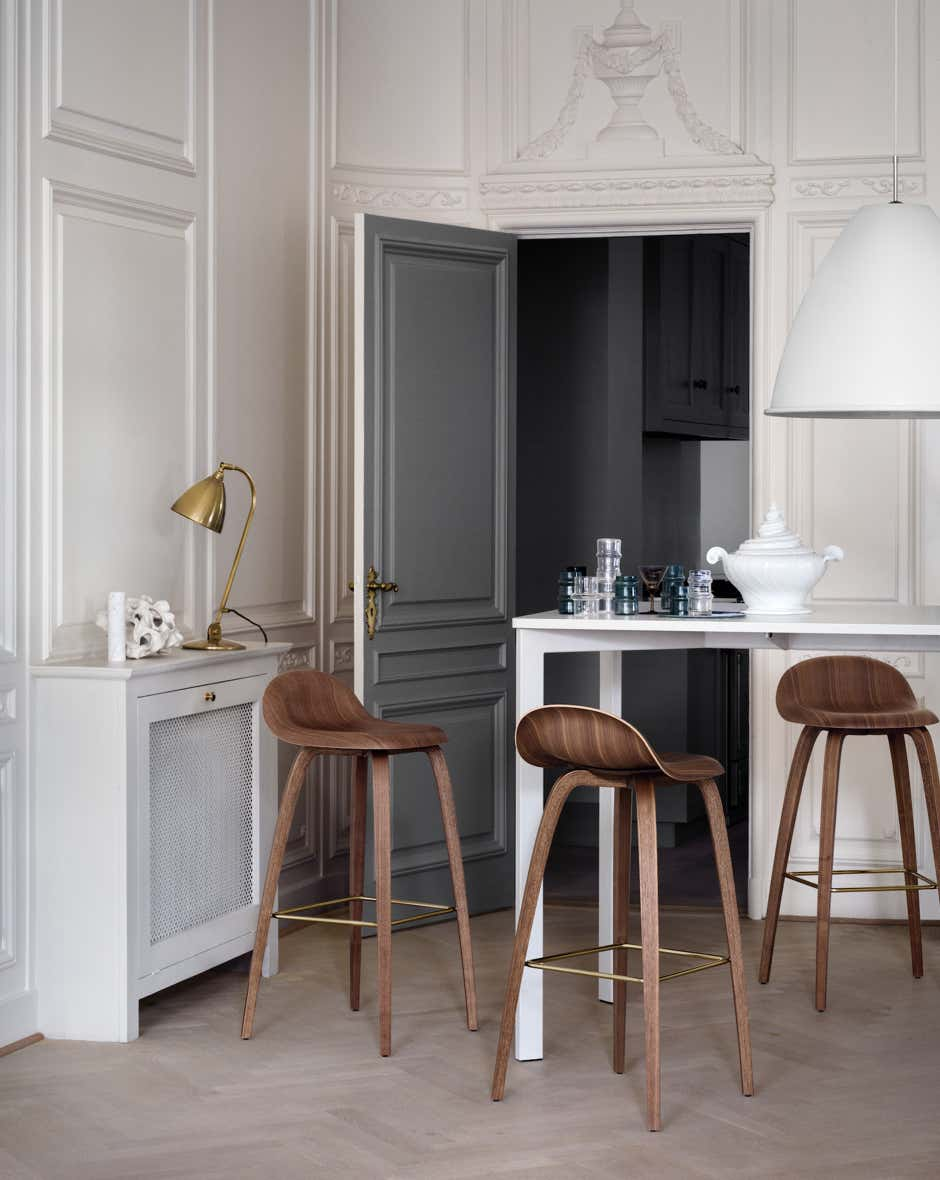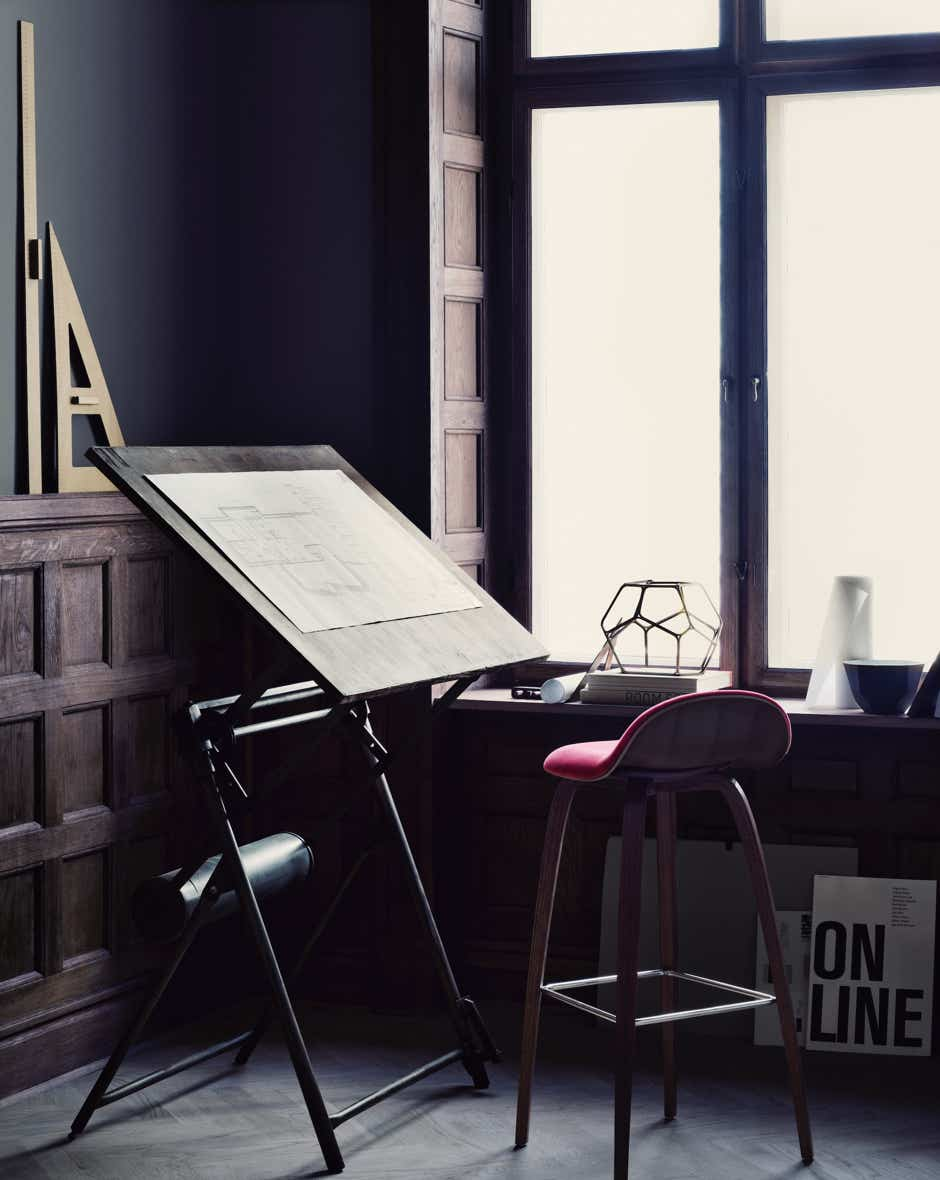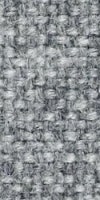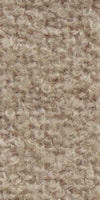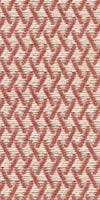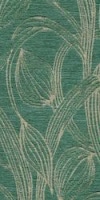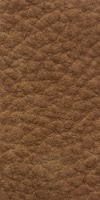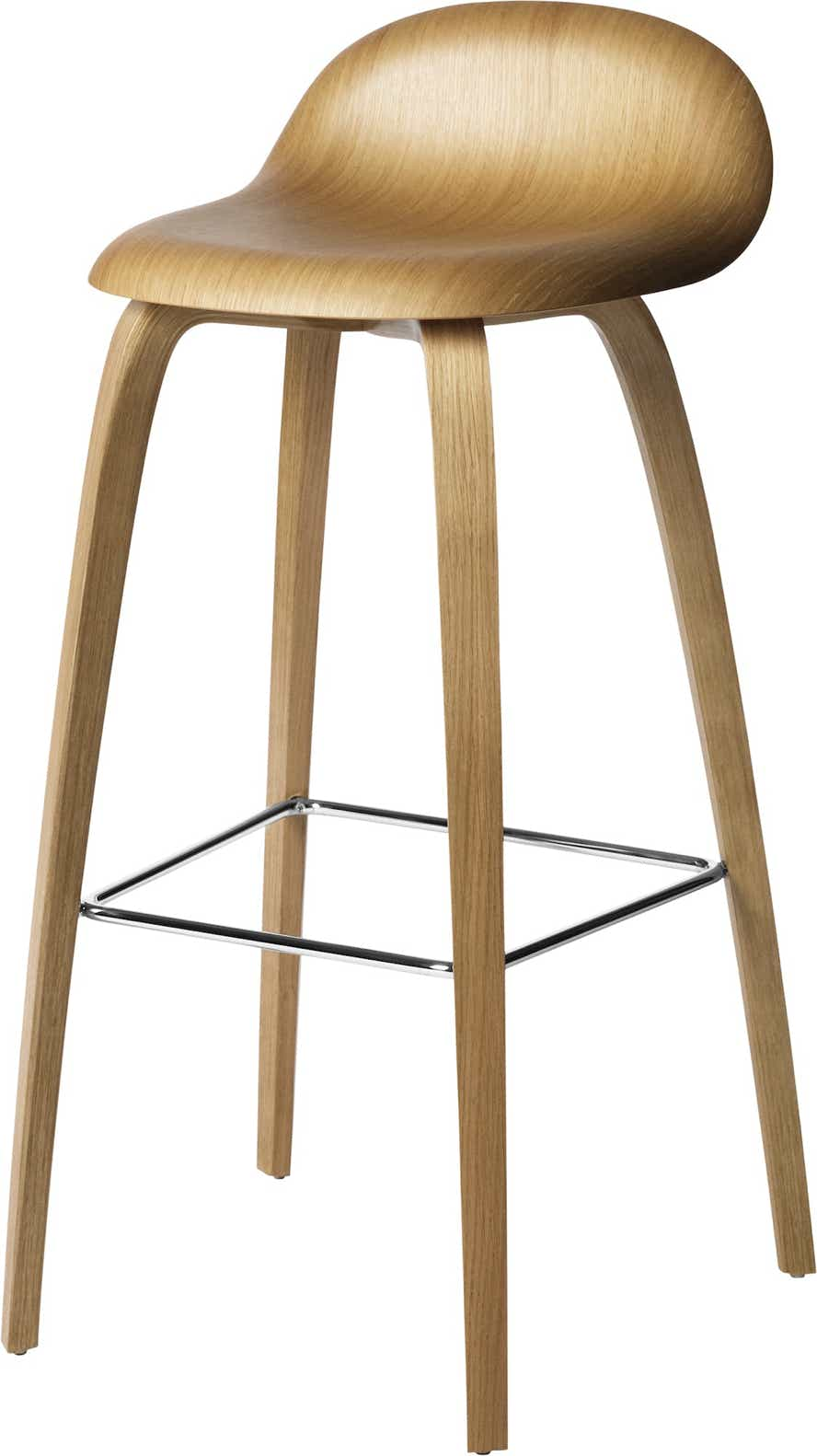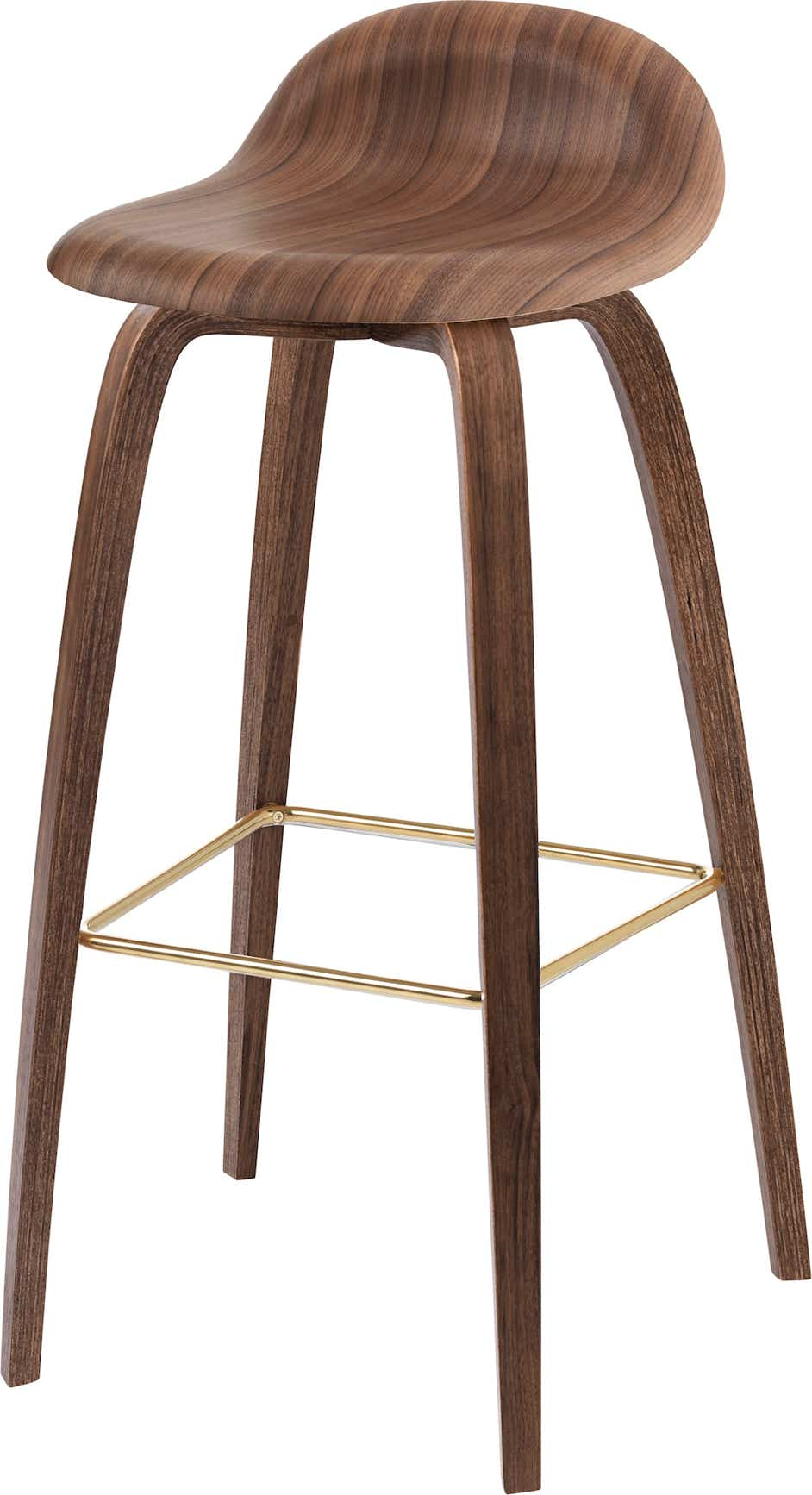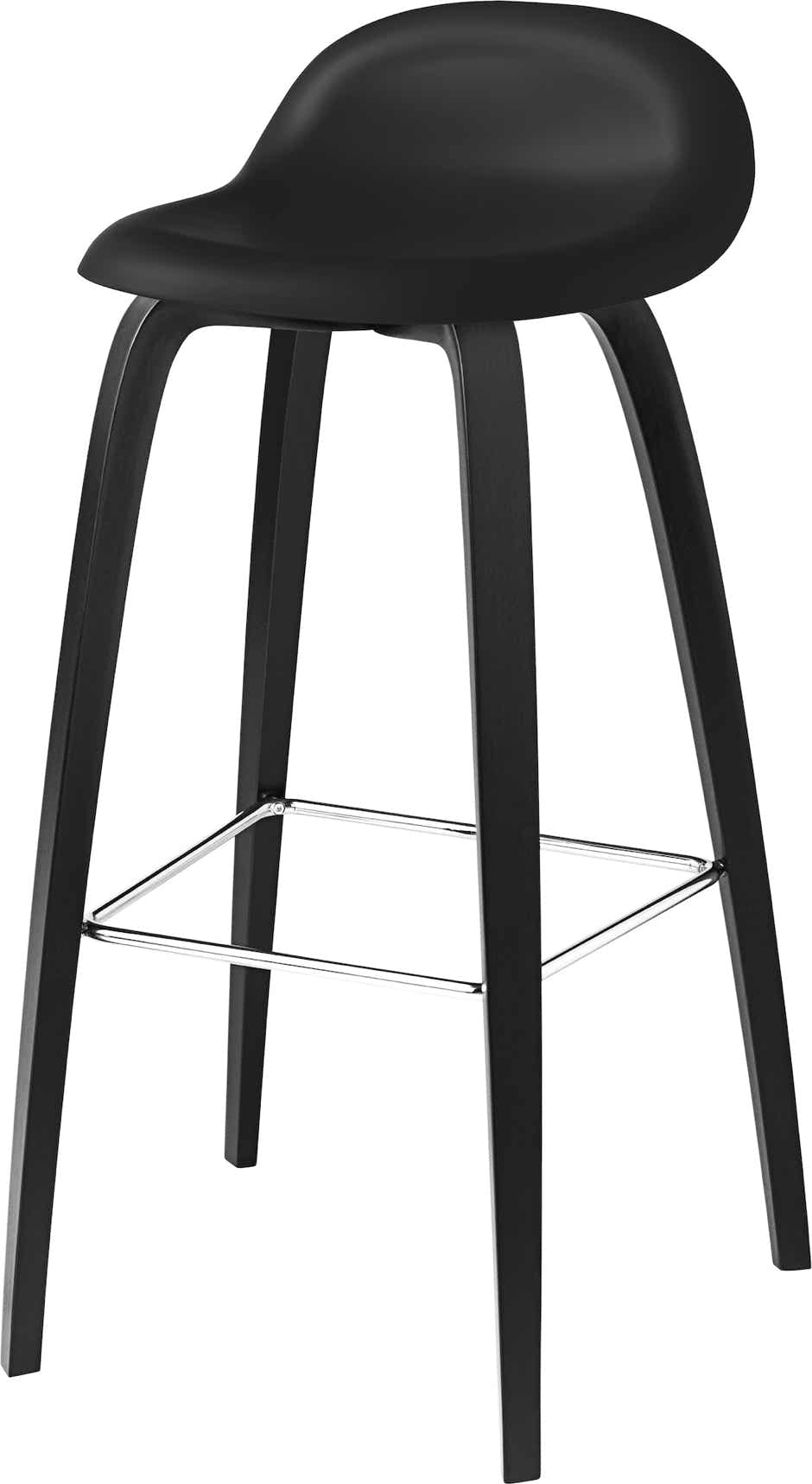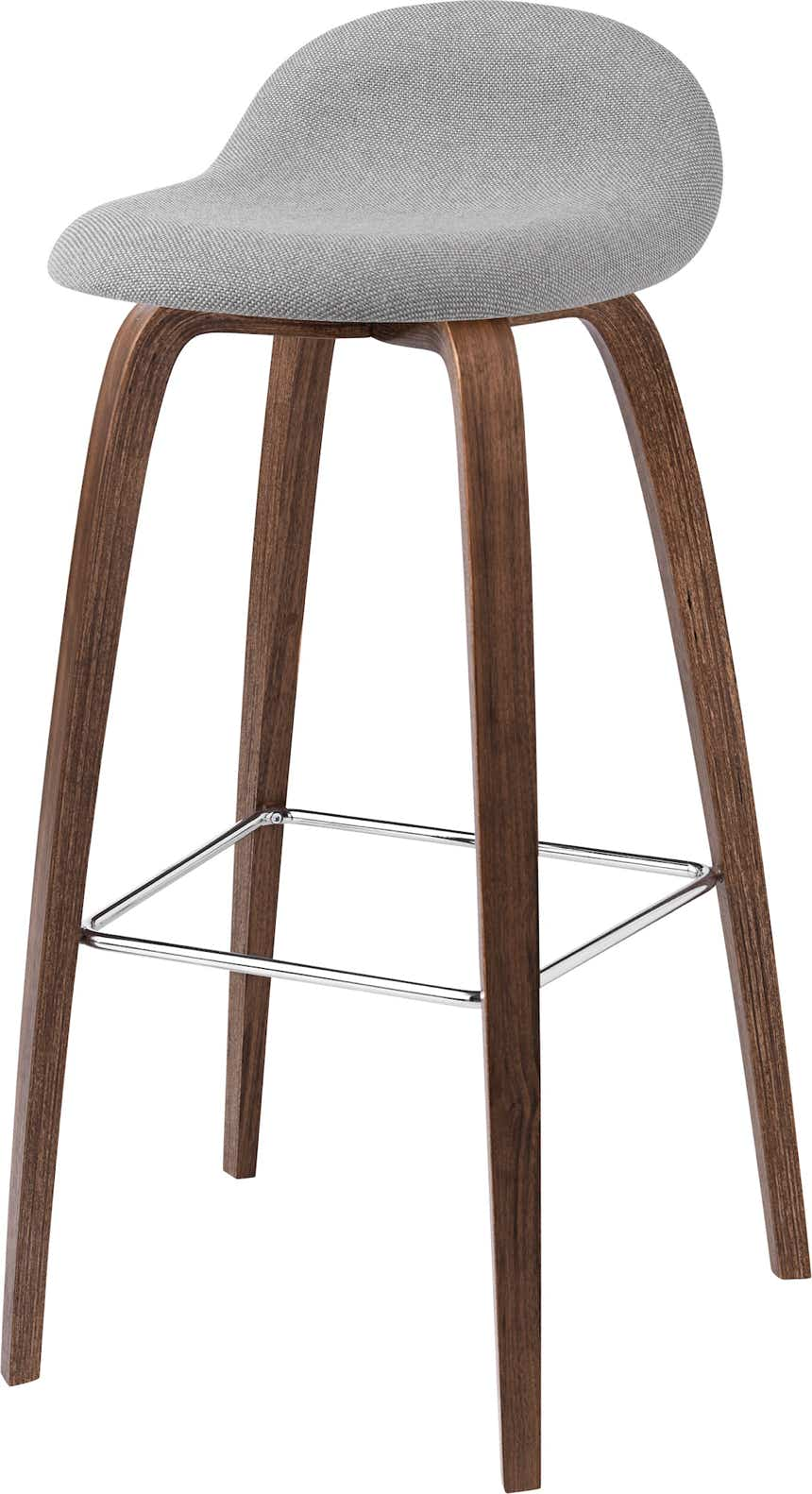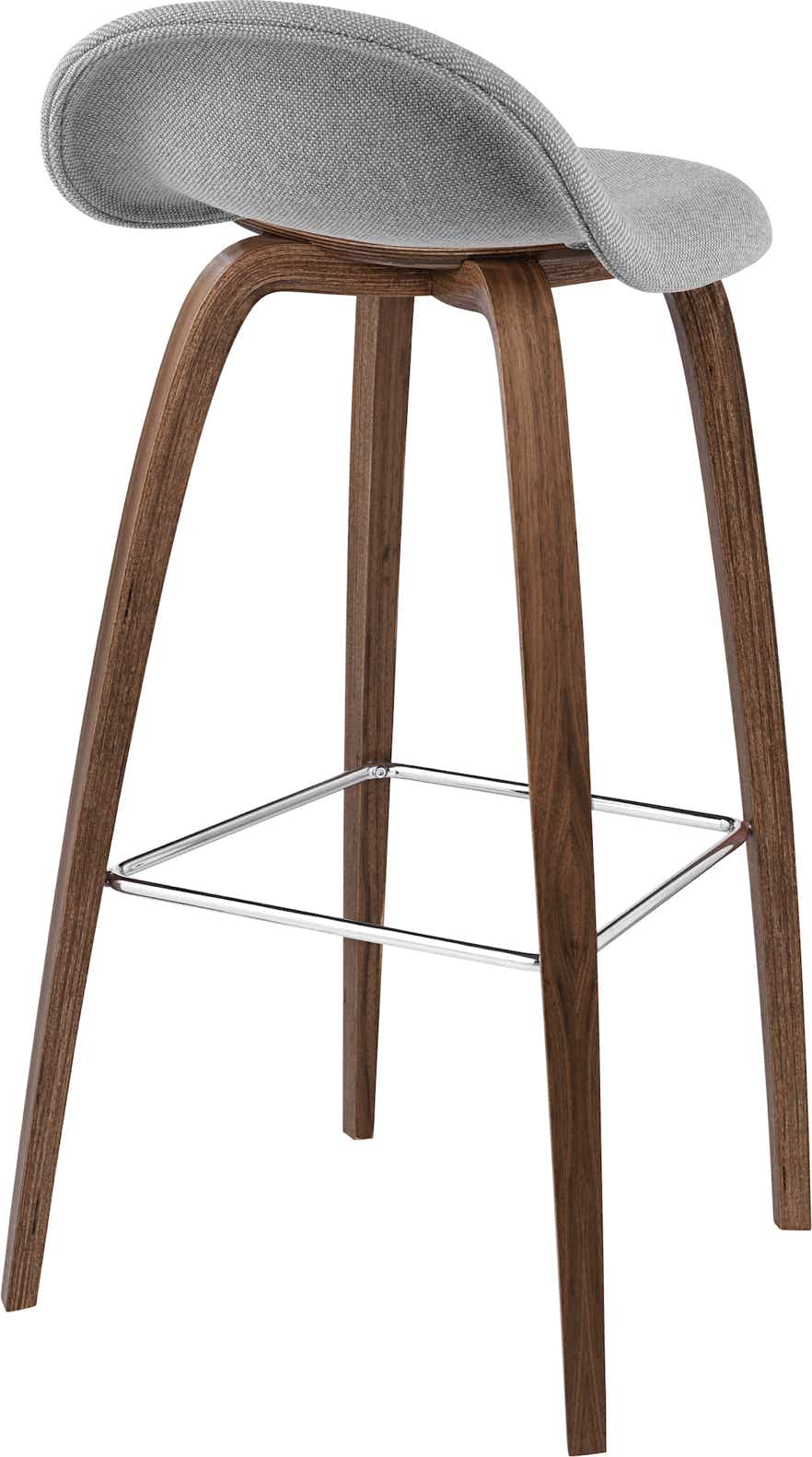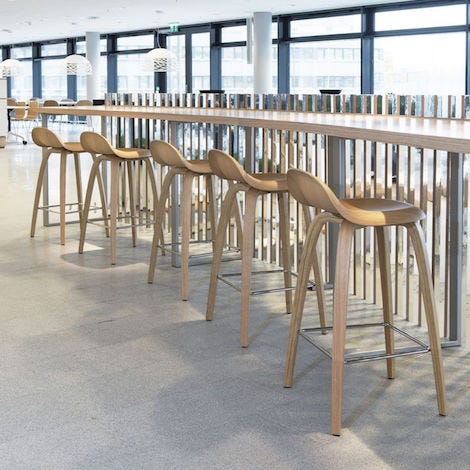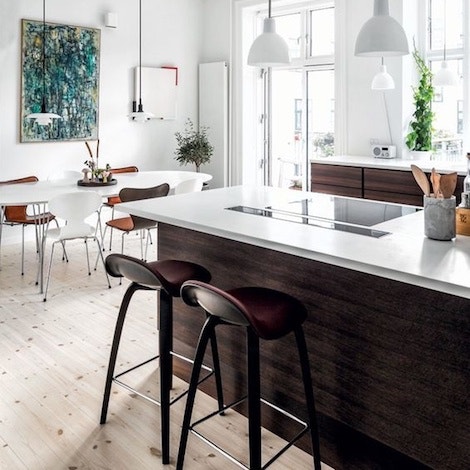20% off until October 28
The 3D Bar Stool, designed by Komplot Design, was the first furniture design to be based on the innovative technique of moulding three-dimensional veneer. The 3D design gives the bar stool a comfortable seat and a sense of lightness – with all edges pointing away from the user.
With the wide range of seating shells in veneer, in HiRek or fully upholstered and 3 different wood bases, the 3D Bar Stool allows a unique and personal expression for both the private home or restaurant.
Materials oak, walnut or black stained beech legs and Hirek shell
Version 65 H78 x W44 x D41 cm – Seat height 65 cm
Version 75 H88 x W46 x D43 cm – Seat height 75 cm




